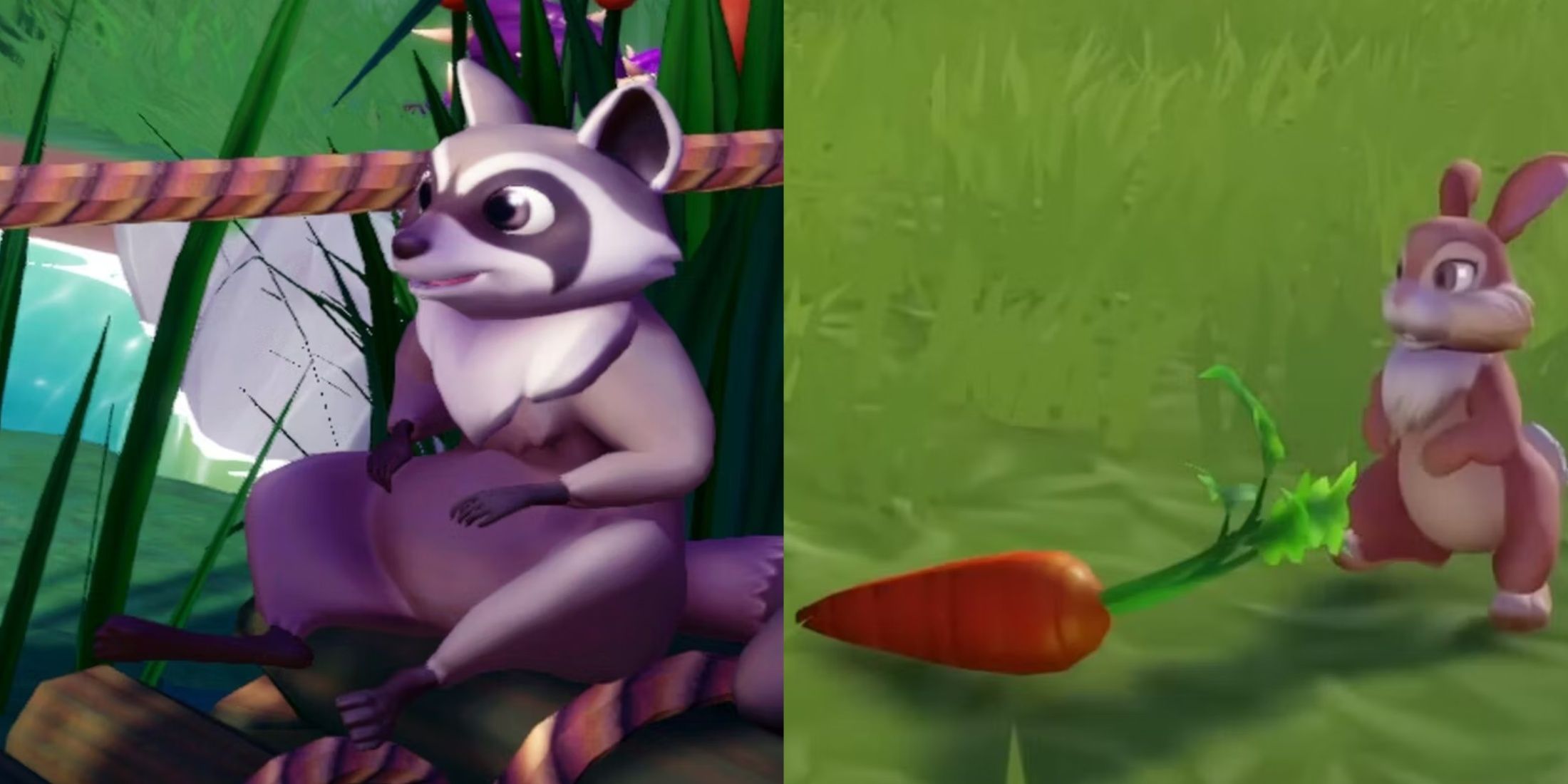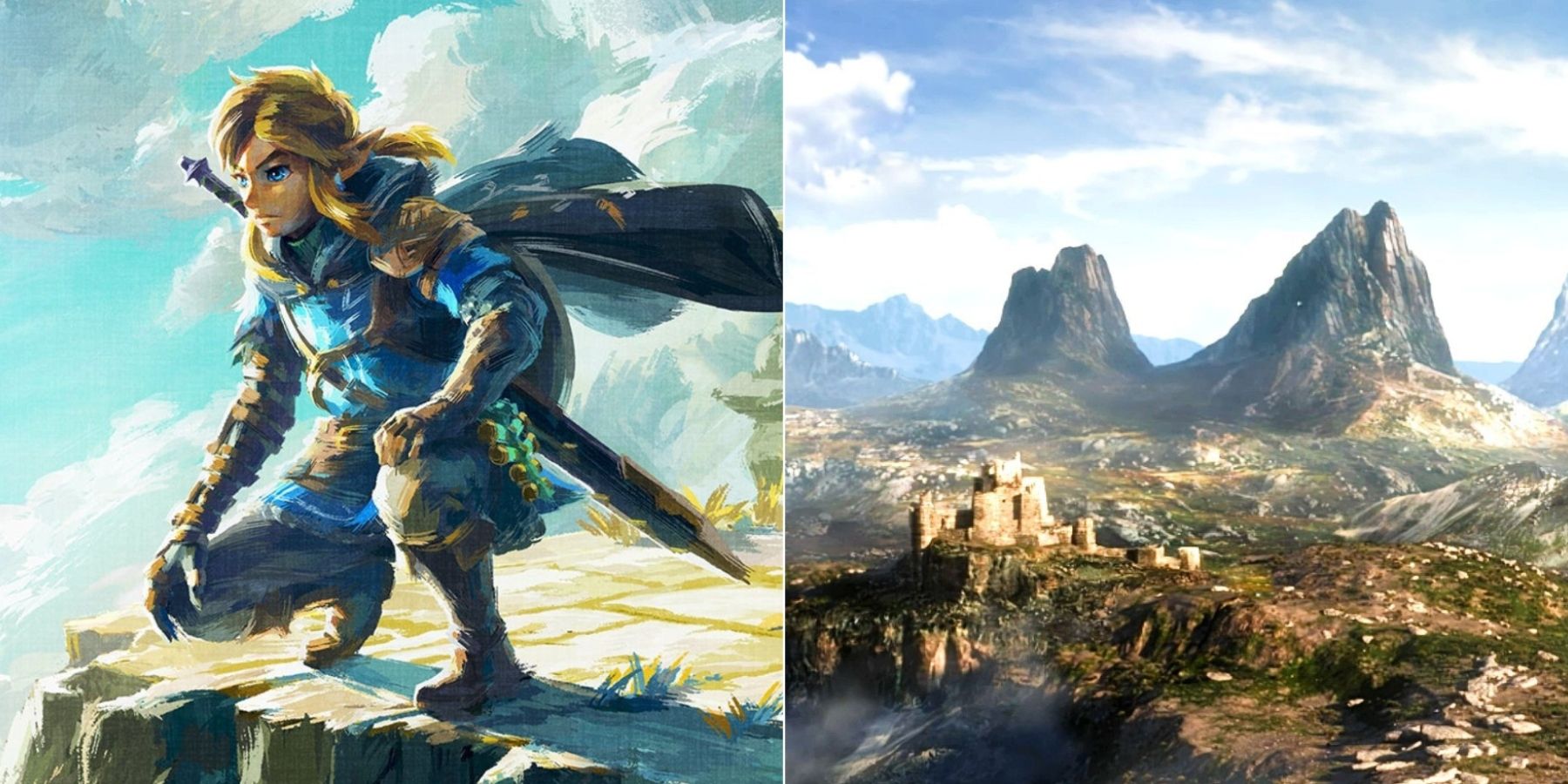Announced all the way back in June 2018, The Elder Scrolls 6 is presumably Bethesda's next big project releasing after Starfield, though that doesn't bode well for its eventual release date. It's currently unclear just when The Elder Scrolls 6 will release, or even when fans will get to see it next, but one thing is for sure - The Elder Scrolls 6 has a lot riding on its shoulders.
Bethesda hasn't had the best last few years. After the immense and continued success of Skyrim, it seemed as though Bethesda could do no wrong. But after Fallout 76's disastrous launch, public perception of Bethesda has changed significantly, and it's now up to Starfield to essentially restore faith in the developer's brand, and if Starfield fails, then it's all up to The Elder Scrolls 6. But while Bethesda will most likely put a great deal of time and effort into Elder Scrolls 6 to ensure that it meets fan expectations, its open-world might still not hold a candle to The Legend of Zelda: Tears of the Kingdom in one key way.
The Elder Scrolls 6's Open-World Won't Hold a Candle to Zelda: Tears of the Kingdom's
Bethesda's Elder Scrolls series and the modern Legend of Zelda entries have two fairly different approaches to open-world game design. When it comes to Bethesda's take on The Elder Scrolls, players are often guided from place to place, objective to objective via markers placed on the game's map. While players can always take their adventure into their own hands, games like Oblivion and Skyrim heavily encourage players to follow a set path in order to level up in a linear way. The Legend of Zelda: Breath of the Wild and Tears of the Kingdom, however, leave it all up to the player.
The last two Legend of Zelda games have put a strong emphasis on player freedom and choice. After a brief tutorial, both Zelda: Breath of the Wild and Tears of the Kingdom open up their entire maps to the player and leave it to them to make their own way through the world, picking out their own points of interest and embarking on their own unique adventure. While both approaches to open-world design are completely valid, the biggest thing that separates the two is their methods of traversal.
Put simply, The Elder Scrolls series has always had a barebones traversal system. For the most part, players are expected to walk, or lightly jog their way across Tamriel. The only method of climbing in The Elder Scrolls is awkwardly jumping up a mountain's jagged face, and the fastest way to get around is on horseback, and those mechanics feel exceptionally outdated in 2023. Even dragon riding in Skyrim's Dragonborn DLC is disappointing, with players not really being able to control the action at all.
On the complete opposite end of the spectrum, The Legend of Zelda: Tears of the Kingdom has some of the most rewarding traversal systems in all of gaming. Back in 2017, Zelda: Breath of the Wild already introduced some innovative ways to get around Hyrule, including a climbing system that actually lives up to Todd Howard's promise of "See that mountain? You can go there." Paired with the paraglider, Breath of the Wild's traversal mechanics played a large part in helping to make the game feel like the player's own adventure.
Zelda: Tears of the Kingdom takes these mechanics and expands on them in some big ways. Through the game's new Fuse and Ultrahand abilities, players are able to create their own vehicles and methods of transportation, from rudimentary cars to hoverbikes. No matter how much The Elder Scrolls 6 improves upon its predecessors' traversal mechanics, it's extremely unlikely to be able to hold a candle to the sheer freedom and creativity that Zelda: Tears of the Kingdom gives its players.
The Elder Scrolls 6 is in development.





